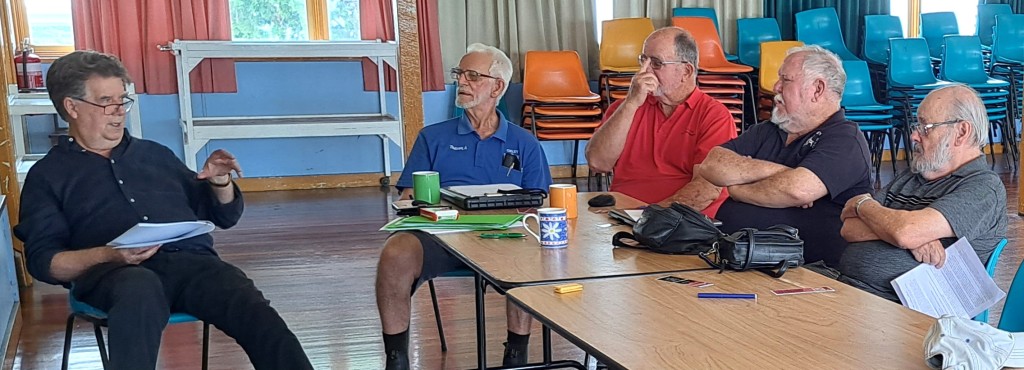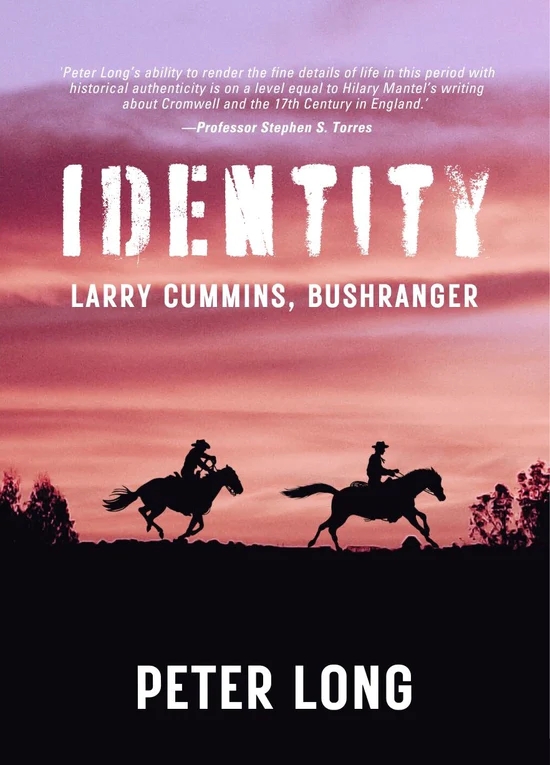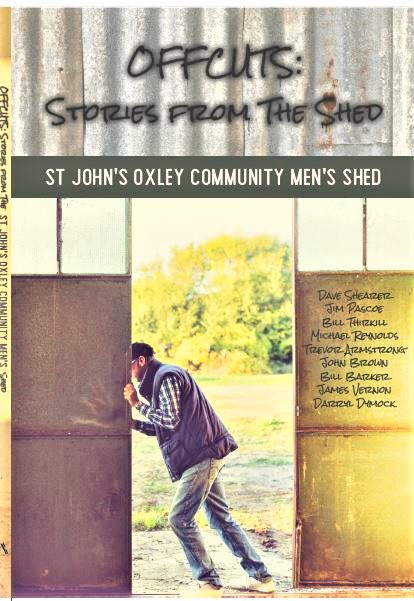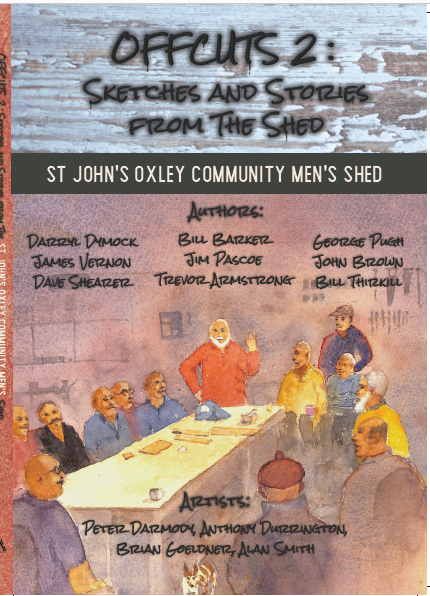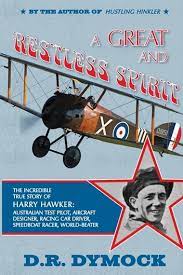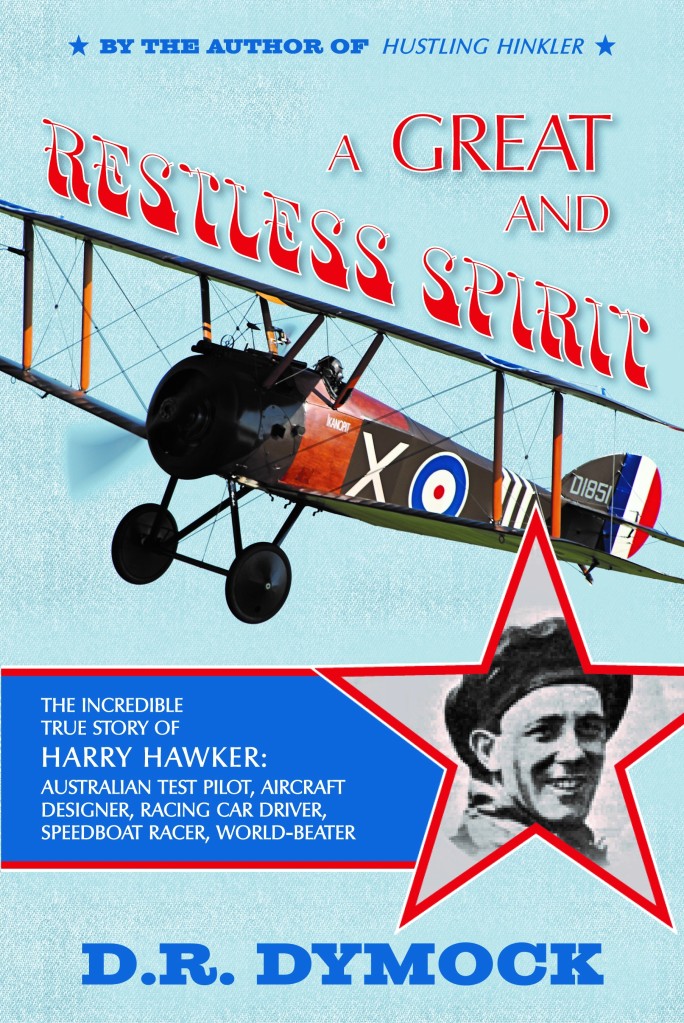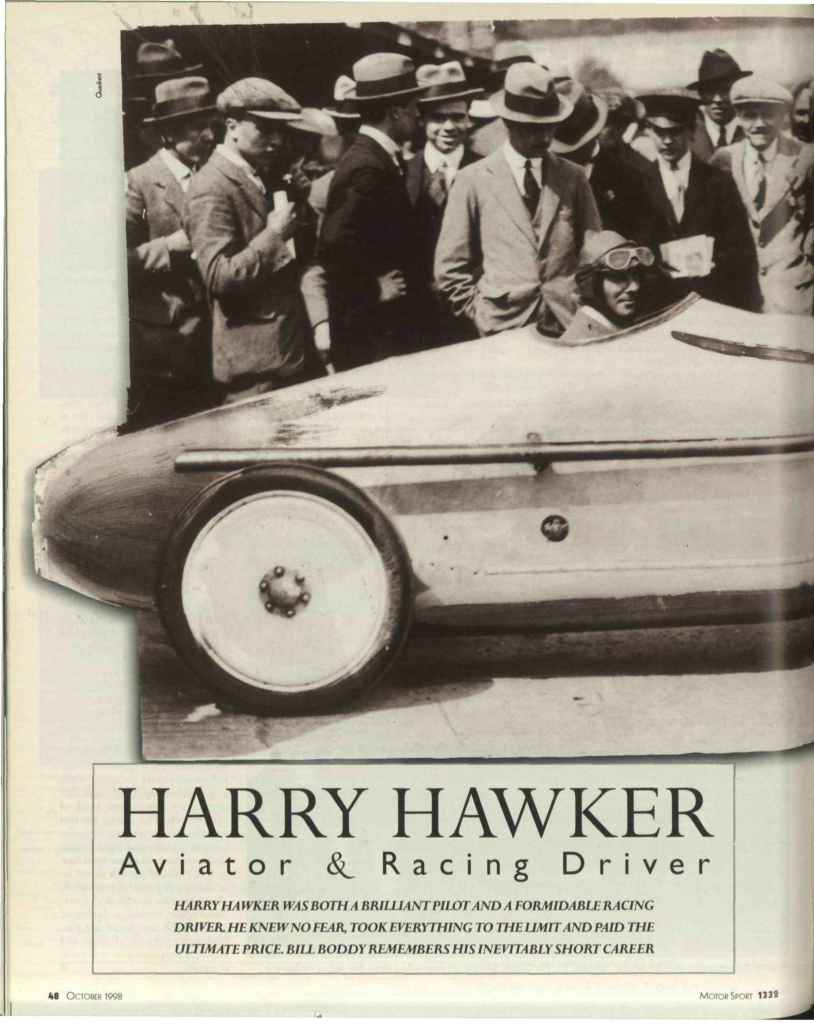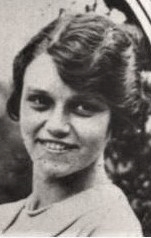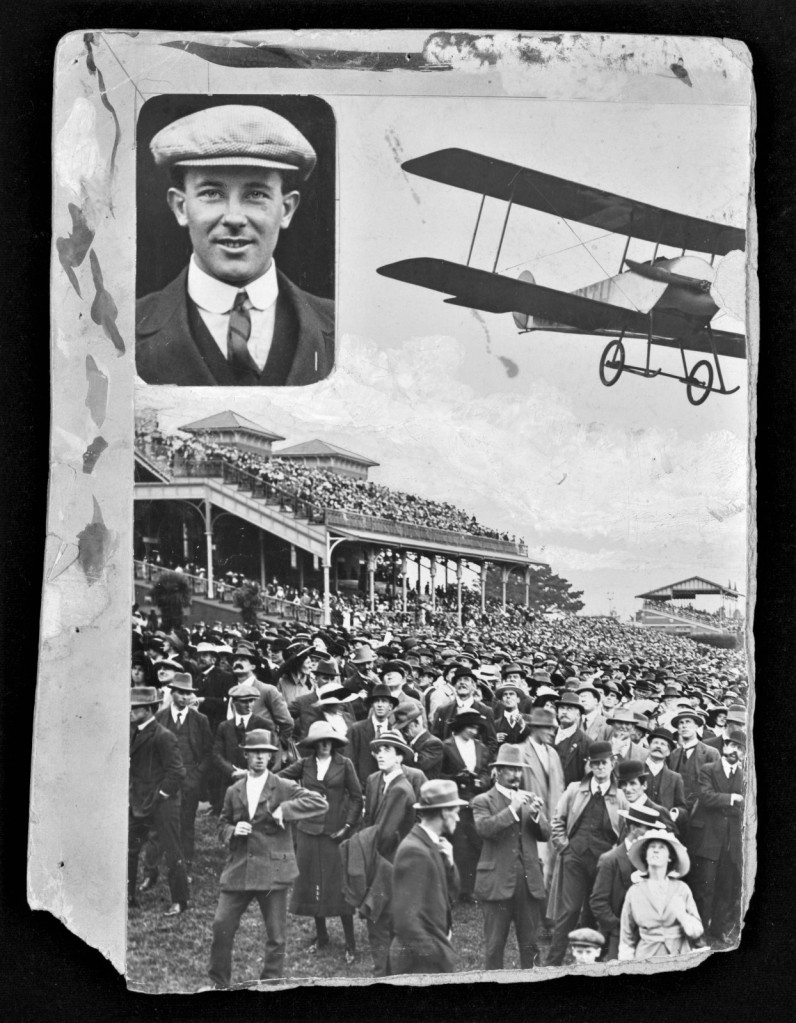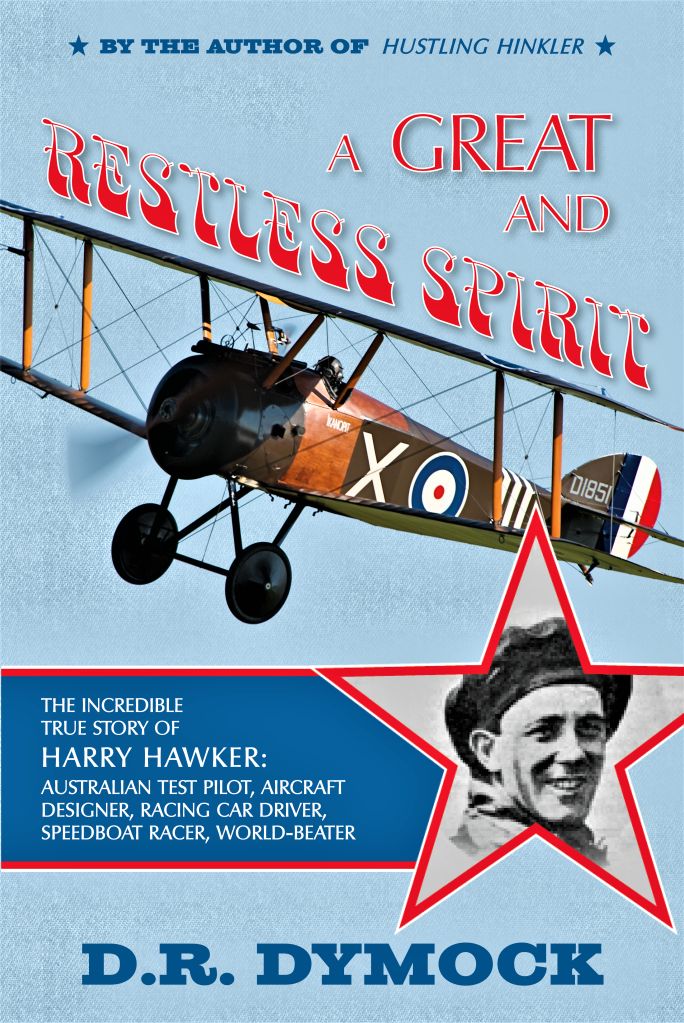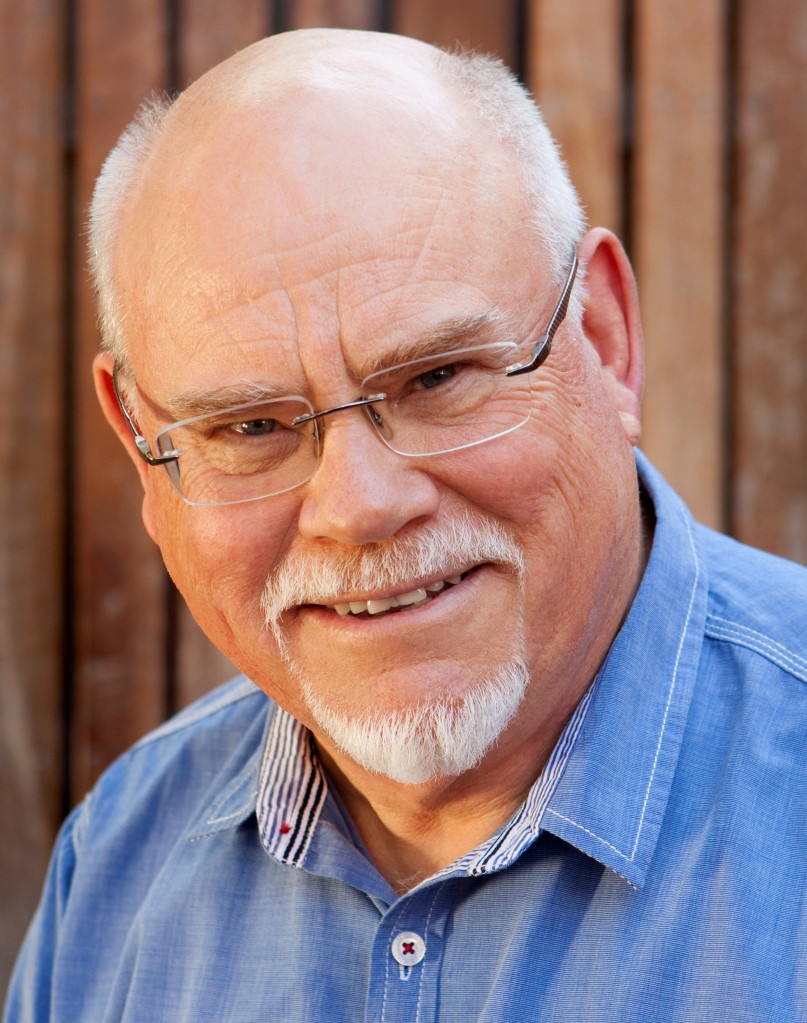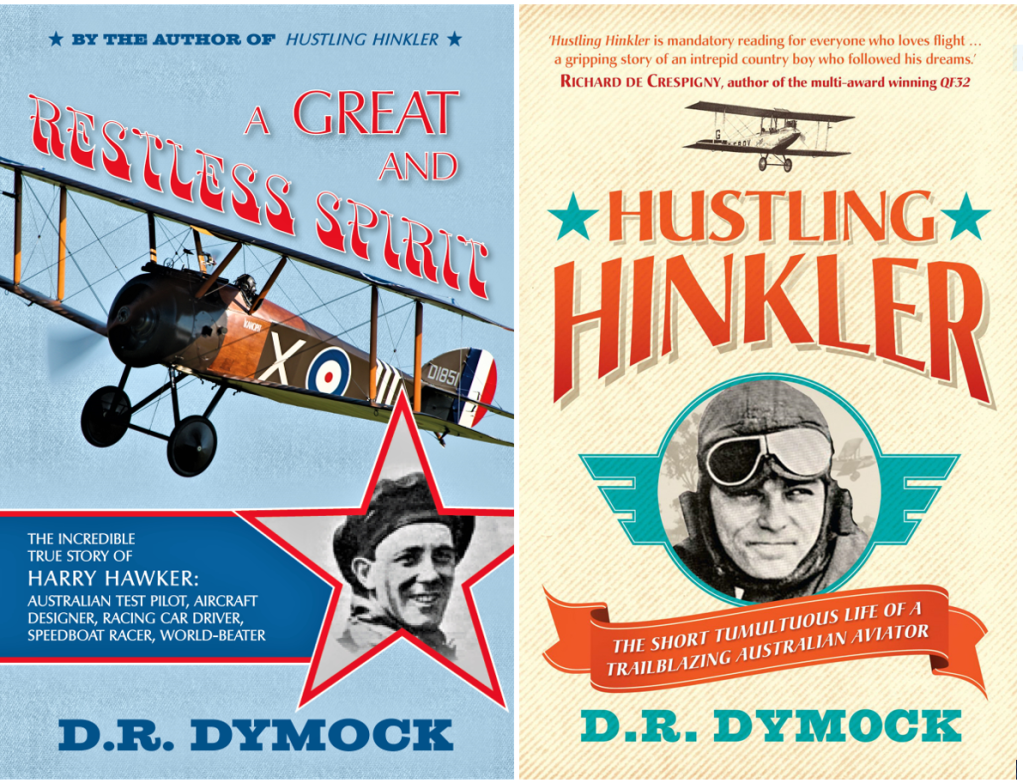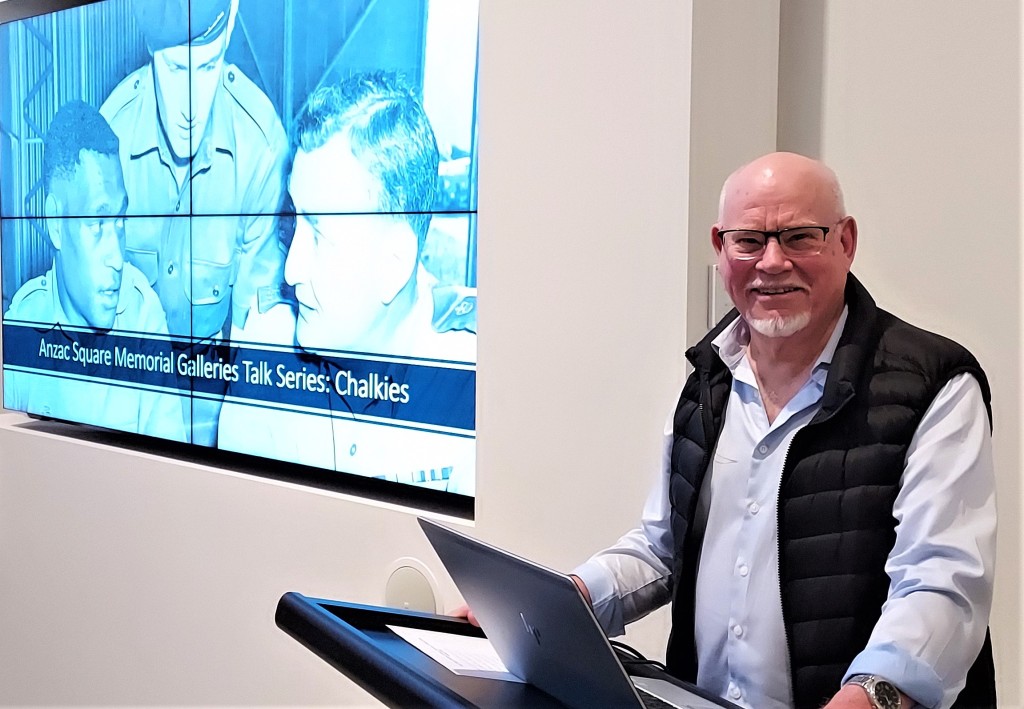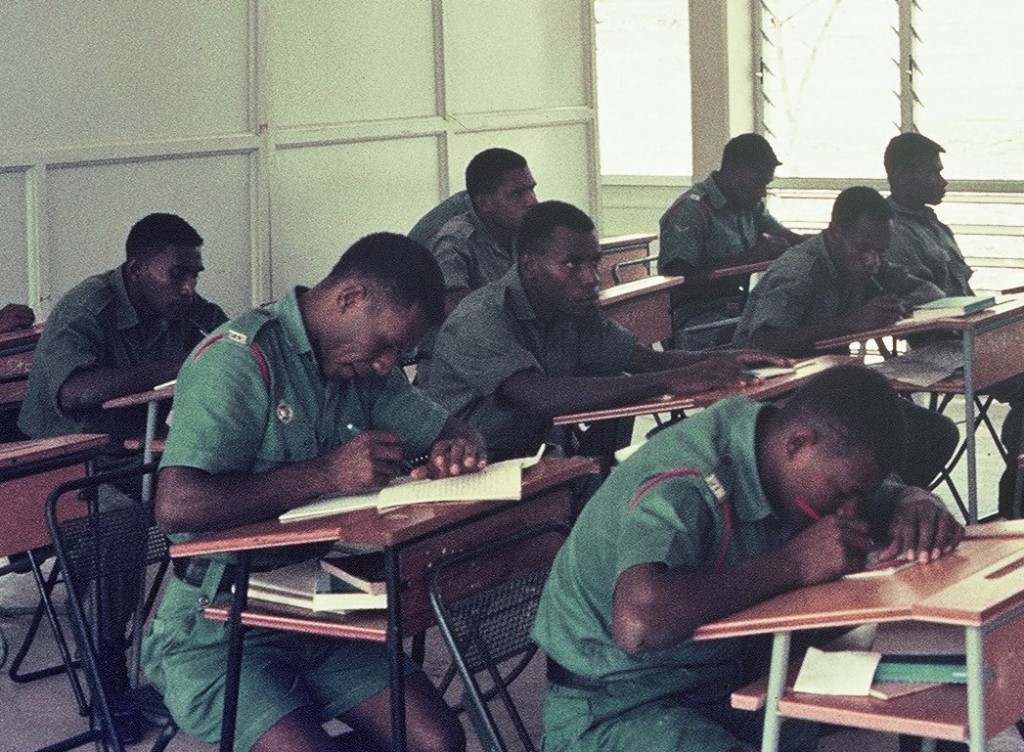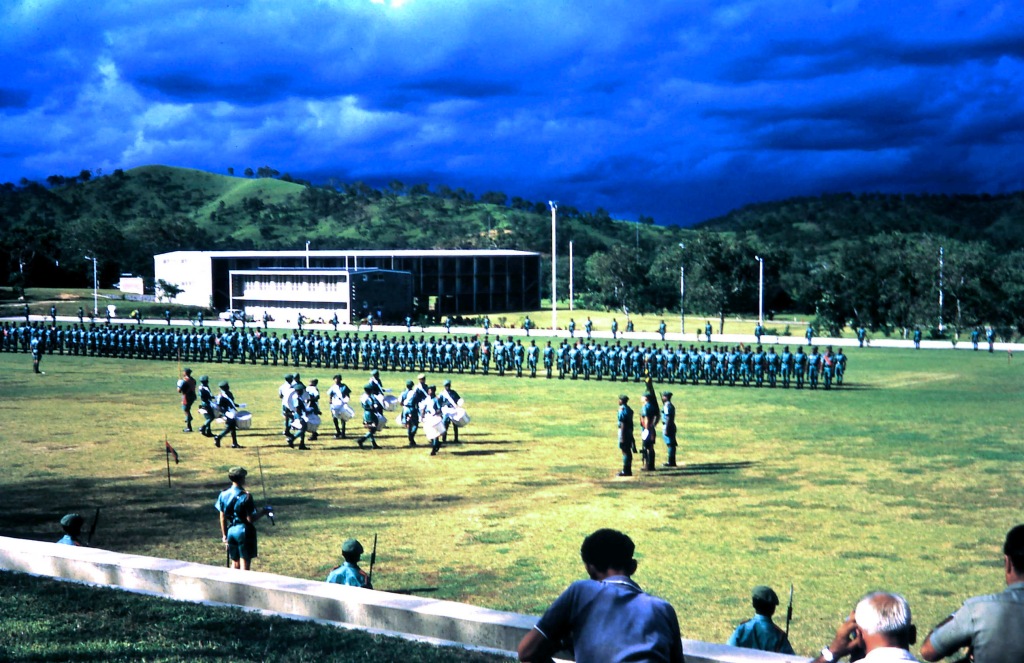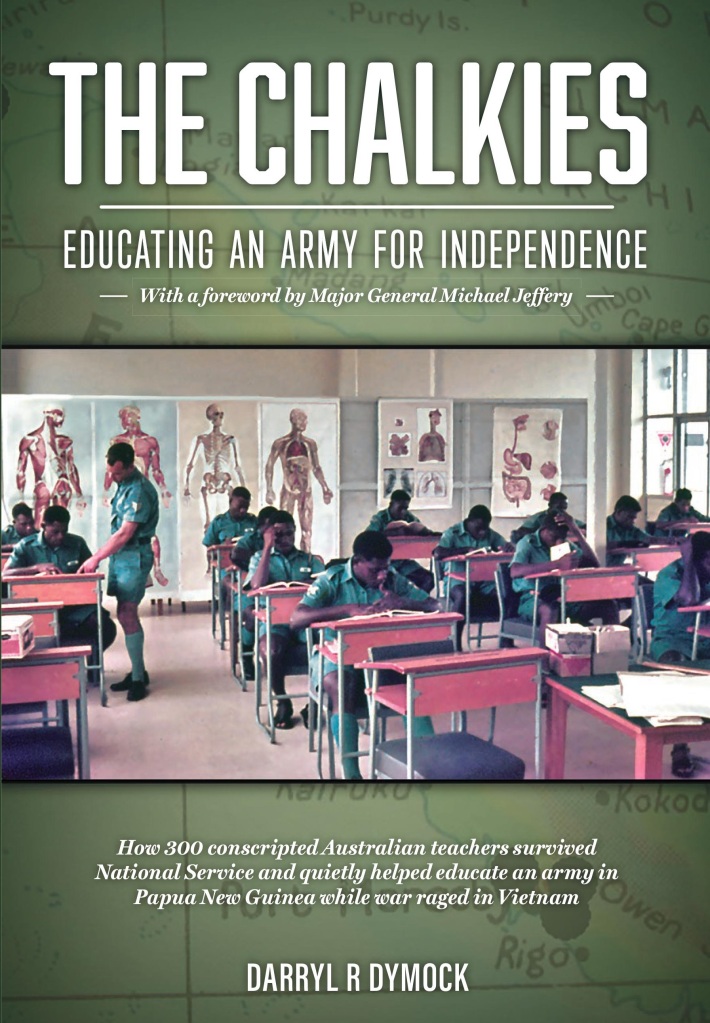Australian Eastern Standard time is four-and-a-quarter hours ahead of Nepalese time. I know that because I recently taught an online class at Kathmandu University that started at 5.30pm their time, which was 9.45pm Brisbane time. I finally signed off at midnight AEST.
Thankfully, coffee and the enthusiasm of the students and the course coordinator, my Nepalese colleague Dr Prakash Paudel, kept me going.
That teaching session was part of a 12-month ‘hybrid’ assignment I’ve accepted in 2024 as a Visiting Scholar with the Australian Volunteers Program, which is funded by the Australian Government. This involves 11 months working online with staff and students of the School of Education at Kathmandu University and four weeks in country.
I’ll be supporting teaching and research in the School’s Master of Technical and Vocational Education (MTVET) program, as well as helping with its Journal of Education and Research.
During my late-night session, it was encouraging to see how interactive and responsive the students were and how well they were able to contextualise theory and ideas from elsewhere to their local context. (Intriguingly, there are also a couple of Namibian students enrolled.)

And, of course, I learnt a lot about those local situations in a very short time, with lots more to come! In case you’re wondering, classes are conducted in English.
I’m looking forward to learning more about the local culture during my one-month stay, which starts mid-April this year. I won’t be doing any trekking in the Himalayas, but I know I have some learning mountains to climb. Good for my brain, and my humility.
I took on this volunteer assignment because I saw it as an opportunity to give back some of the learning and experience I’ve accumulated over the years through teaching, researching and writing about adult and workplace learning and vocational education and training.
Kathmandu University’s MTVET has much in common with Masters programs I’ve been involved in at the University of New England, Armidale, and in the past 18 years at Griffith University, Brisbane.

My wife Cheryl and I recently had a meal at a Nepalese restaurant in Brisbane, Jhigu Bhoye Chhen. Delicious food, and friendly and efficient service. I’m looking forward to trying out more of the extensive Nepalese cuisine when I arrive in the country in a couple of weeks.
Until next time
Darryl Dymock







